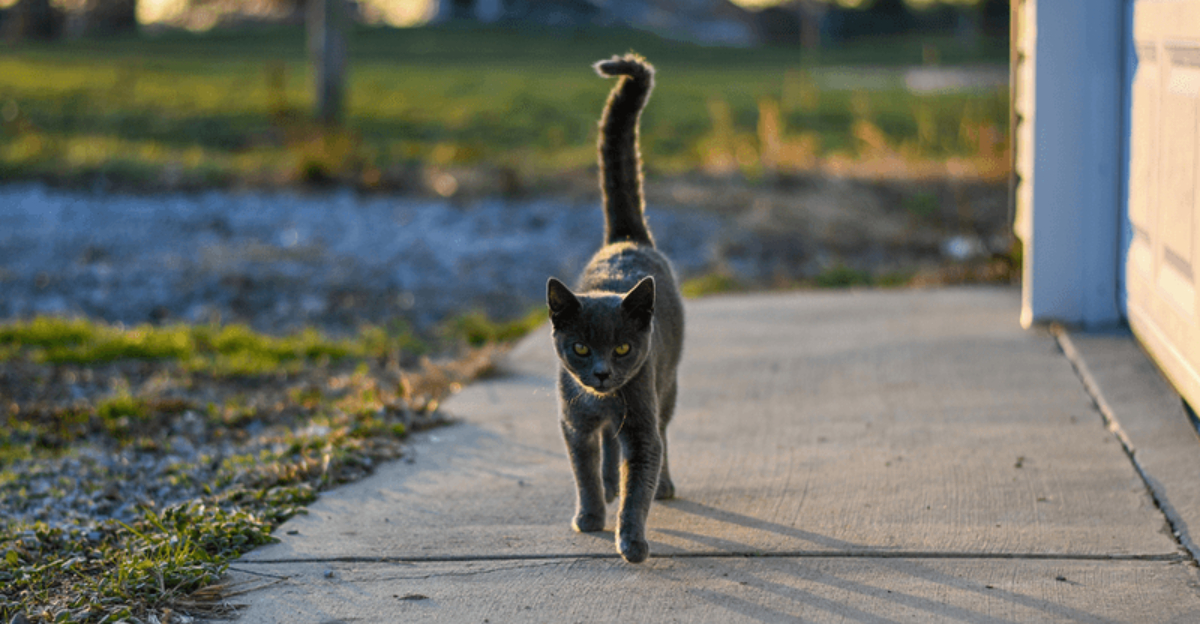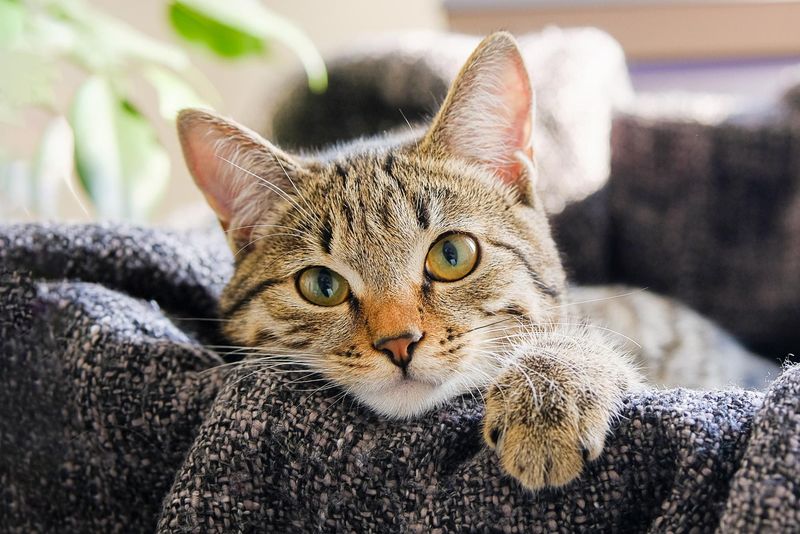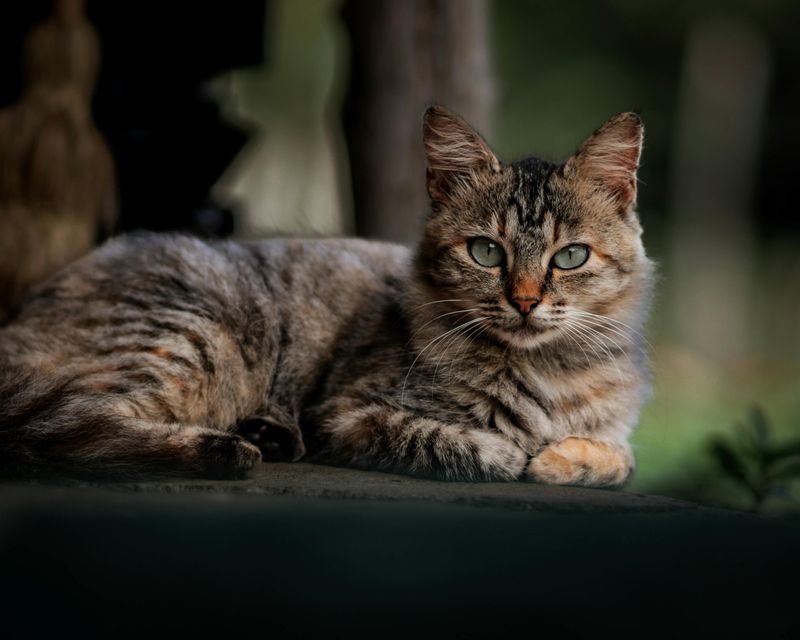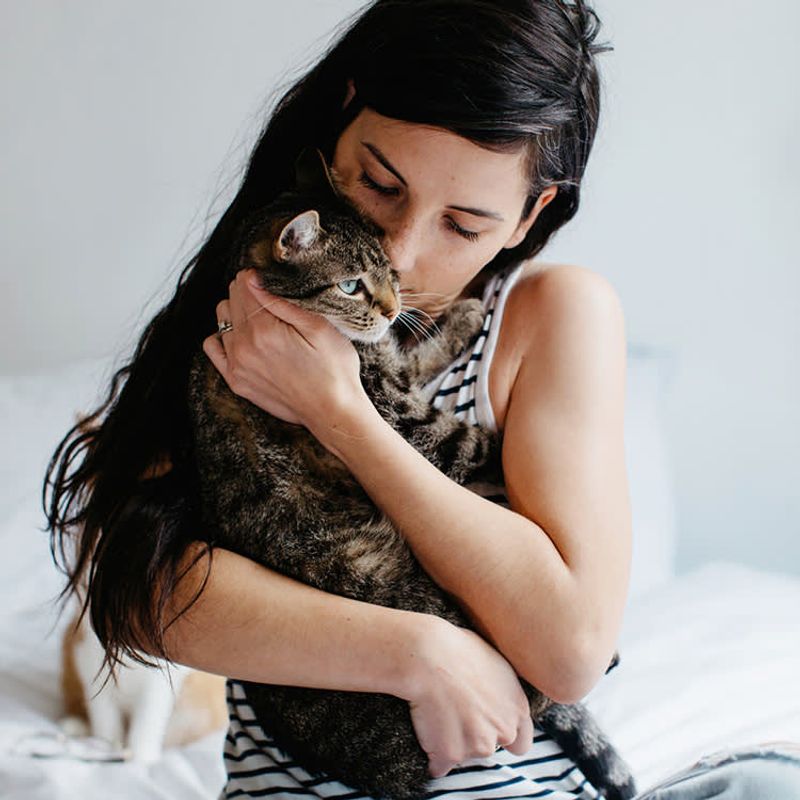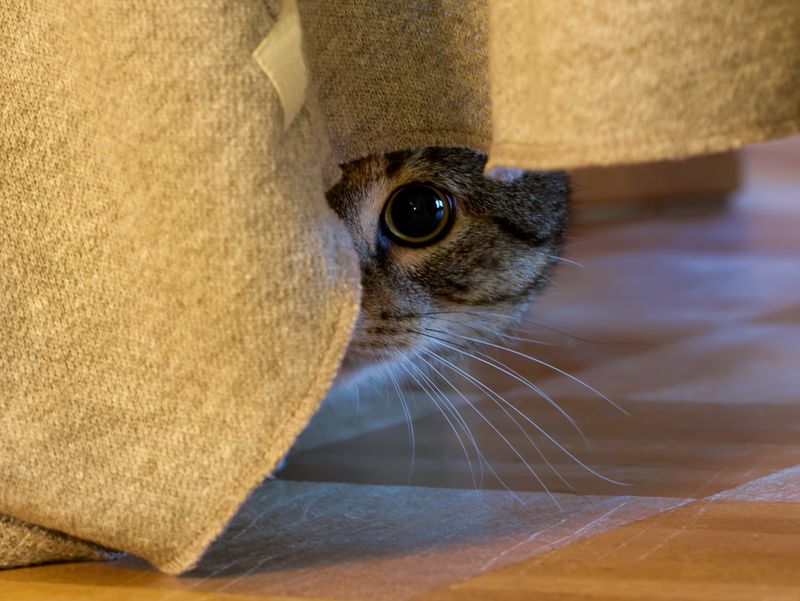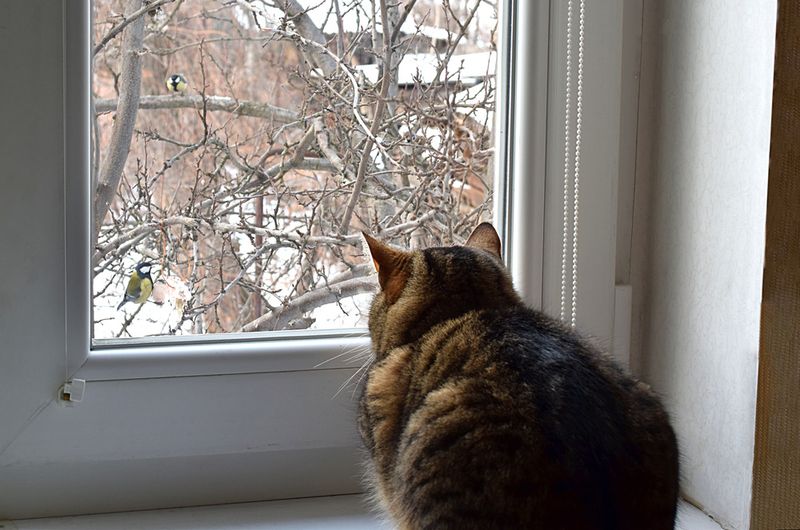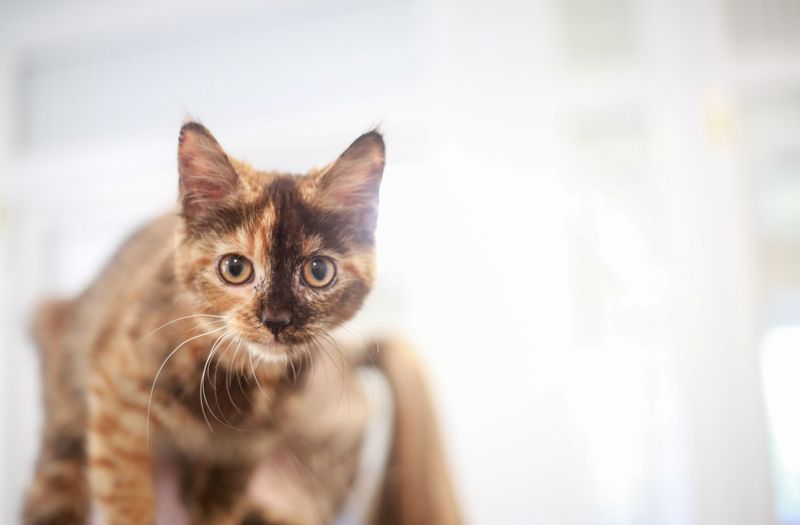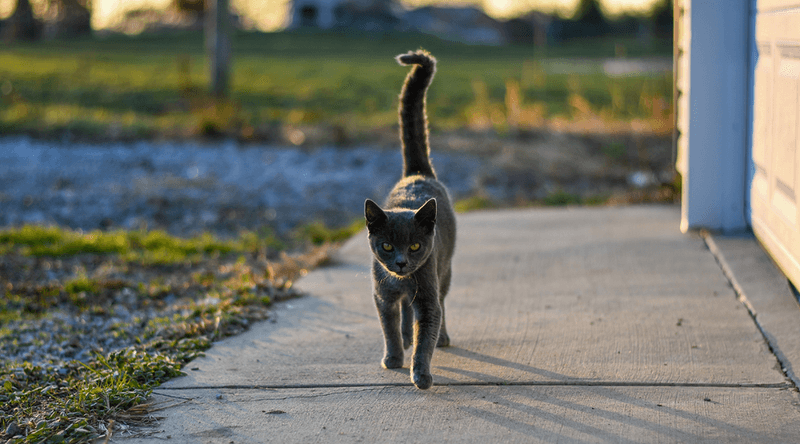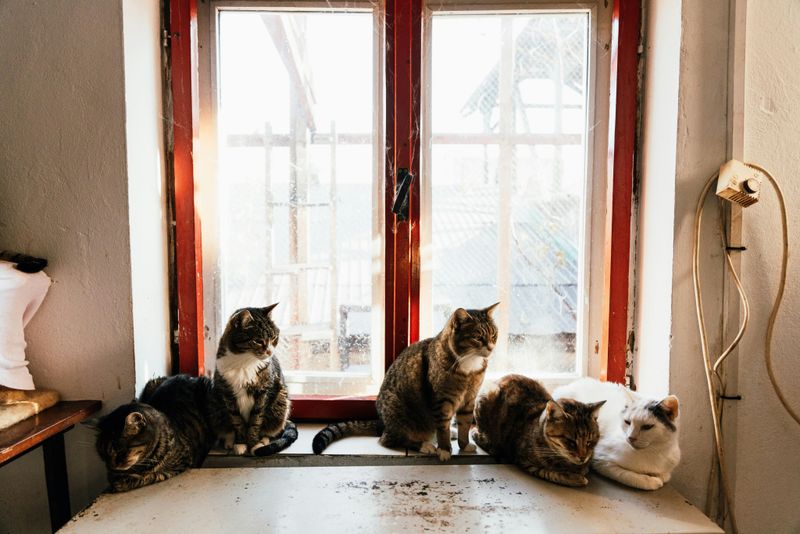📖 Table of Content:
If you’ve ever found yourself talking to your cat and getting nothing more than a flick of the tail or a slow blink in response, you’re not alone. Many cat owners feel puzzled—even hurt—when their feline companions seem to ignore them completely. But rather than taking it personally, it’s important to understand that a cat’s seemingly distant behavior may stem from a rich, complex set of instincts and perceptions.
Unlike dogs, who often show loyalty through enthusiastic displays of affection, cats can be far more reserved in their social interactions. This doesn’t mean they don’t love or recognize you—it just means they express their bond in ways that aren’t always obvious to humans. To truly appreciate the inner world of your cat, it helps to see their behavior through a feline lens, grounded in their evolutionary history and behavioral cues.
By breaking down the reasons behind this aloofness, you’ll not only gain insight into your cat’s psychology but also improve your relationship with them. Understanding why your cat might seem to ignore you can transform your frustration into empathy. Here are eight reasons that might explain your cat’s mysterious behavior and shift the way you interpret their actions.
Cats Are Independent by Nature
At the heart of feline behavior lies a deep-rooted independence shaped by thousands of years of evolution. Cats descended from solitary hunters, unlike dogs who evolved as cooperative pack animals. This heritage means they rely on themselves for survival and don’t instinctively seek out social validation. While they may form bonds with humans, these connections are built on their terms. You may notice your cat chooses when and how to interact with you, often approaching only when it feels safe and relaxed. Their affection is often subtle—a brush against your leg or a brief head-butt—rather than constant attention-seeking. To interpret this behavior as coldness misses the unique way cats express companionship.
They Communicate Differently
Communication for cats is often more nuanced and understated than many people realize. Unlike humans, who depend heavily on verbal cues, cats use a mix of body language, scent, and subtle vocalizations. For example, a slow blink from your cat can signal trust and affection, while a swishing tail might indicate agitation. If your cat doesn’t respond to your voice, it might be because they’re observing you silently or expressing contentment in a way that doesn’t register as interactive. People often overlook these quiet signals and interpret them as aloofness. Learning to read feline cues can drastically shift how you experience their behavior. Once you begin to recognize their unique language, you’ll find your cat may be “talking” to you far more than you ever thought.
Your Approach Might Be Overwhelming
Many well-meaning cat owners don’t realize that their energy and gestures can be overstimulating to their pets. Bounding toward a cat, speaking loudly, or initiating physical contact without warning may cause your cat to withdraw. Unlike dogs, cats typically prefer a gentle, calm approach and the opportunity to initiate touch themselves. If your cat walks away when you approach, it may not be personal—it might just be overwhelmed by the intensity of the moment. Being mindful of your body language and tone can make a significant difference. Giving your cat space and letting them come to you can lead to more meaningful interactions. Over time, you’ll likely notice they seek out your company more often when you let them set the pace.
They Don’t Always Associate You With Positive Outcomes
Not all interactions between you and your cat carry warm, fuzzy memories—at least from their perspective. If your presence frequently precedes something stressful like nail trimming, vet visits, or being picked up when they don’t want to be, your cat may learn to associate you with discomfort. This association can lead them to act wary or avoidant, even if your intentions are loving. Behavioral patterns form quickly in animals, and breaking them requires patience and consistency. Offering treats, engaging in gentle play, or simply being a calm, predictable presence can help reshape these associations. Over time, your cat may begin to associate you with comfort and safety instead. These small shifts can rebuild trust and invite more interaction.
They’re in a Hunting or Observing Mode
Cats possess a highly developed prey drive that governs much of their attention and behavior. When your cat is perched on a windowsill, laser-focused on a bird or rustling leaves, it’s not ignoring you out of spite—it’s instinctually driven. Their senses are tuned to pick up on the slightest movements, and their concentration during these moments can be intense. Trying to interrupt this focus can come across as an intrusion, leading your cat to disengage from you even more. Respecting their instinctual needs by giving them time to observe or “hunt” enriches their mental stimulation. You might even support this natural behavior by offering interactive toys that simulate prey. Understanding this primal instinct helps explain why attention may seem fleeting or inconsistent.
Health Issues or Stress
A change in your cat’s behavior—especially if they begin ignoring you more than usual—can sometimes signal underlying health problems or stress. Cats are masters at hiding pain, and withdrawal can be one of the few visible signs that something is wrong. Stressors such as a new pet, changes in routine, or even loud construction noise can also impact their mood. Paying attention to changes in appetite, grooming habits, or litter box use can offer additional clues. If you suspect a medical issue, a visit to the vet is essential to rule out illness. Emotional stress may require environmental adjustments to help your cat feel secure. By identifying the root cause, you can offer better support and encourage their return to normal behavior.
They’re Showing You Respect
Paradoxically, your cat’s tendency to give you space may actually be a sign of respect and trust. In the feline world, proximity and engagement are often dictated by mutual understanding rather than obligation. When a cat feels safe and unthreatened, it may choose to coexist quietly in your space without constant interaction. This silent companionship is often a compliment, indicating they feel secure in your presence. It contrasts with fear-driven avoidance, which is typically accompanied by hiding or aggressive behavior. Observing your cat’s comfort level can reveal the nuances of their relationship with you. Trust, in feline terms, often looks like stillness and calm, not constant physical closeness. Accepting this can lead to a more harmonious and respectful bond.
They’re Just Being Cats
Simply put, cats don’t always want to interact, and that’s perfectly normal. Just like people, they have moods, preferences, and times when they prefer solitude. Expecting your cat to be affectionate on demand ignores the individuality that makes them so fascinating. Some cats are naturally more social, while others are independent introverts who show affection on their own timetable. Understanding and honoring their unique personality fosters a deeper connection built on mutual respect. Rather than trying to change them, adjusting your expectations can improve your relationship immensely. When your cat does choose to engage, the moment will be genuine and all the more special.
